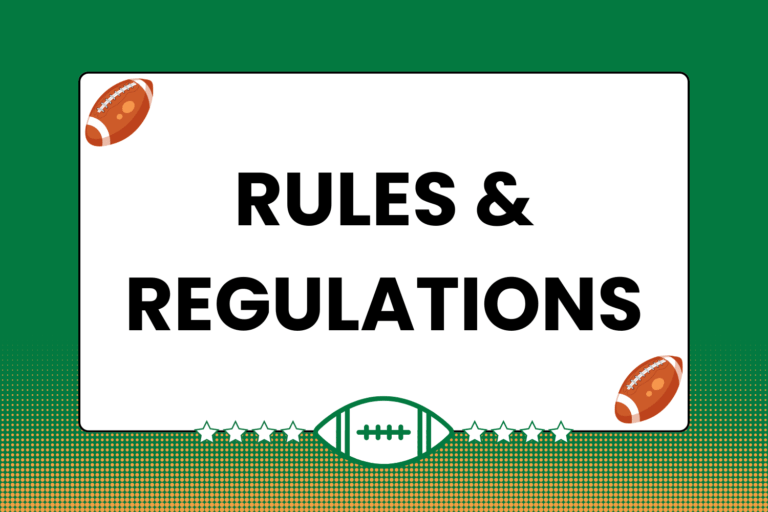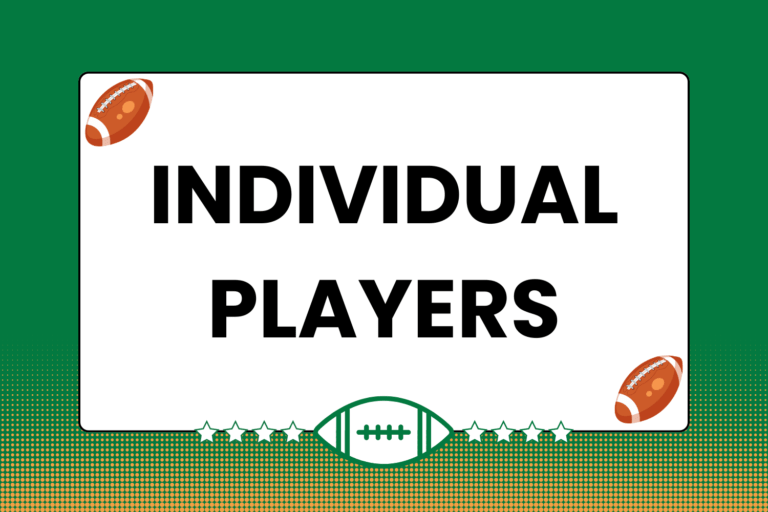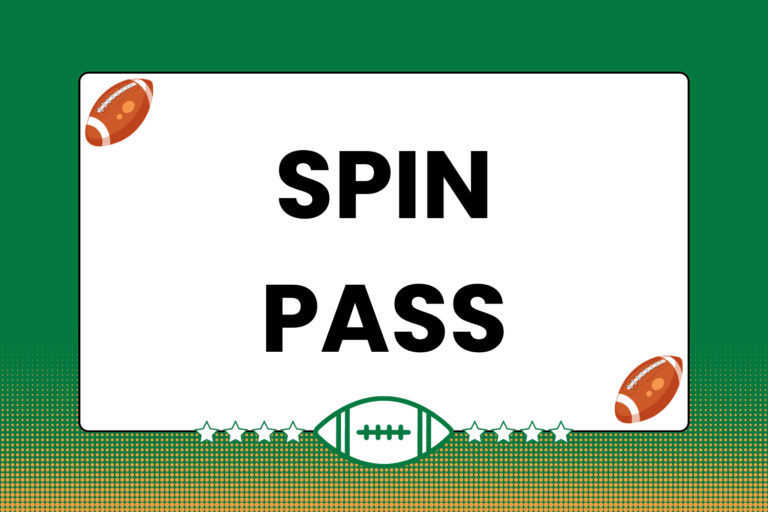Though it’s not as extravagant as the spin pass, rugby’s pop pass is one of the most useful set-up tools in the game. Rather than trying to send the ball quickly and accurately to a teammate’s spot on the field, the pop pass actually attempts to leave the ball where a teammate is about to be standing (or running, usually). This guide looks at two different pop pass techniques, and identifies a few scenarios in which the pop pass works best.
The Pop Pass Explained
The pop pass is a short (one-to-two meter) quick pass that almost hangs in the air, rather than traveling several meters laterally like other passes. The goal of the pop pass is to release it with a bit of vertical momentum so that the ball travels slightly upward. The two keys of a good pop pass are the timing and the degree of vertical momentum:
- The timing of the pass should allow the player who’s receiving the pass to catch it in stride, without having to slow down or speed up too much.
- The degree of vertical momentum (or loft) depends on how far away the intended recipient is from the ball. The farther the recipient, the more loft there should be on the pass. More loft means the ball will hang in the air longer, giving the recipient time to get to the ball.
Making a Pop Pass
A pop pass can start out looking just like a normal or spin pass: Ball held mostly vertical, at the hip opposite to the direction of the pass. However, a pop pass can also be made quickly from where the ball is held prior to a pass — mid-section high, with the hands around the lower half of the ball. Making a pop pass from this stance (rather than showing that you’re setting up for a pass) adds an element of surprise, and can cause the approaching opponent to hesitate.
There are two main techniques for making a pop pass:
- The wrist flick: With the hands around the lower half of the ball, both wrists flick simultaneously upwards. This wrist flick is a step in making a normal pass; in this instance, the pop pass simply removes the arm swing from the procedure.
- The finger pop: The hands rotate down so that the fingers point down and wrap around the majority of the ball’s lower point. Quickly flick the fingers of both hands upward to make a pop pass.
Mental Edge
Either technique can be used to make a pop pass. However, it’s easier to get more accurate vertical movement with the finger pop, while the wrist flick is slightly more useful in making long-distance pop passes.
Pop Pass Situations
Technically, a pop pass can be used any time the situation calls for a short-distance pass, though after more than a couple of meters it becomes a normal rugby pass. However, there are certain instances in which a pop pass fits perfectly:
Pop Pass from a Tackle

Pop Pass in a Switch
The switch is a simple misdirection maneuver using two players, designed to quickly switch (hence the name) the direction that the ball is traveling. Player A and Player B are running forward several meters apart, and Player A has the ball. Player A quickly curves in towards Player B, and Player B does the same; if done properly, they will both come in the same distance. Player B ends up just behind Player A, and at that exact moment Player A makes a pop pass, leaving the ball for Player B. The hope is that opposing players will bite on the direction that Player A is traveling, which allows Player B to continue advancing in the opposite direction.
Pop Pass in a Loop
A loop maneuver requires at least two players — Player A and Player B — and at least two passes. To start, Player A makes a normal pass to Player B while both are running ahead. Just after he passes it, Player A turns towards Player B and runs in a direction that will take him immediately behind Player B. As soon as he passes Player B, Player A turns back up field and receives a pass from Player B. This second pass is a prime opportunity for a pop pass; if timed properly, Player B should hold the ball only long enough to catch it and initiate the pop pass, leaving it in perfect position for Player A to curl around and snatch it out of the air.
A Simple Pass with Many Uses
By nature, the pop pass isn’t very fancy — certainly not as visually entertaining as the spin pass. While other passes make the ball travel to a teammate, the pop pass tries to leave the ball in the right spot for a teammate to come get it. And when used in the right scenarios, one simple pop pass can easily set up a try-scoring run.





